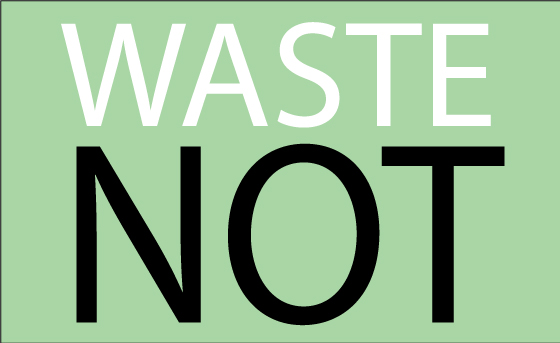Waste Not
Fast Fashion denies basic human rights
More stories from Lara Bockenstedt

I see fashion as an art. This definition formerly entailed a sprawling closet and down-time spent shopping. However, “Fast Fashion” from clothing companies as common as H&M and Forever 21 have denied basic human rights to people worldwide.
The clothes we see in stores and that furnish my own closet were created elsewhere in the world, and conditions for those workers should be as just as we would seek for our own families and friends.
A fashion documentary titled “The True Cost” edged its way into disturbing facts about sweatshops and commercialism in a way that is uncomfortably enlightening. It followed several figures: a sweatshop worker in Bangladesh, a Fair-Trade clothing company creator and several activists.
The most harrowing points of the documentary were when Dhaka, the sweatshop worker, described her long days spent in chemical fumes and unsafe buildings, how she was separated from her child or family. Dhaka later formed and became president of a union within her company. When she and her co-workers presented their list of demands to their boss, he and his staff beat up these employees.
“I don’t want people buying clothes made from our blood,” she said.
What’s frightening is that fashion corporations mainly based in the United States and United Kingdom are the ones harassing sweatshop owners for low prices, claiming that we’re positively providing business, even if it’s unsafe.
At the end of the day, we benefit; finding our bargain steals in the latest styles.
According to the documentary, there are 40 million garment factory workers in the world, producing 80 billion articles of clothing (a 400 percent increase from two decades ago). Most of this clothing will find its way quickly into the trash bin. During the 1960s, 95 percent of clothes sold in the U.S. were made in the U.S. In today’s market, it’s a bleak 3 percent.
Many of us excuse our erroneous shopping by donating our clothes once we’re bored. Only about 10 percent of this clothing makes it into the thrift stores. The rest finds its way to developing countries, destroying their local fashion businesses.
Furthermore, in an effort to meet the demands, safety is ignored in the workplaces. The four biggest disasters in fashion history happened within a recent two year span. In addition, as pesticide and dye use have increased exponentially, these harmful chemicals have created environmental and health issues in places of the world we pretend don’t exist.
Keeping up with trends is not a valid excuse for human rights violations.
Clothing is not a commodity that can be “used up.” Instead we have to invest in fair trade and treat it like a car or a house. If it breaks, fix it. Only toss the clothes out when they’ve received their proper mileage.
If fashion identifies as a field of art, we need to make it a better global community. Supporting local artists, putting the effort in to let my wardrobe evolve, buying ethically made clothing and shopping reused are the first steps toward this movement.
Eau Claire offers a broad span of options for used or locally made clothes. These include Tangled up in Hue and Good & Sturdy, both located on Water Street, as well as Savers with hidden fashion gems.
Several Fair Trade brands I would recommend:
- ZADY, a brand which calls their style of production “The New Standard.” They feature men’s and women’s clothing in a clean, comfortable monochrome style.
- Pact Apparel, an underclothing basics store for men, women and children.
- Indigenous employs knitting and hand looming artisans. The clothes are made with low-impact dyes for men and women.
- Bibico, an ex-Zara designer creates women’s clothing with pigmented colors.
- Aeon Row, re-uses fabric customers send in as well as mailing boxes. Middle of the line prices.
- Matano, Fair Trade sports clothing.
This post from The Good Trade gives 33 more examples of Fair Trade companies.
